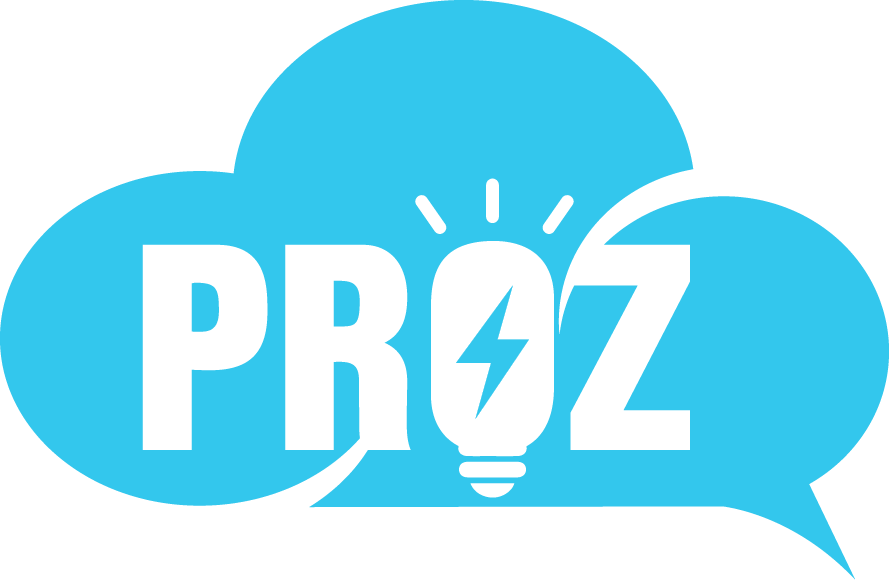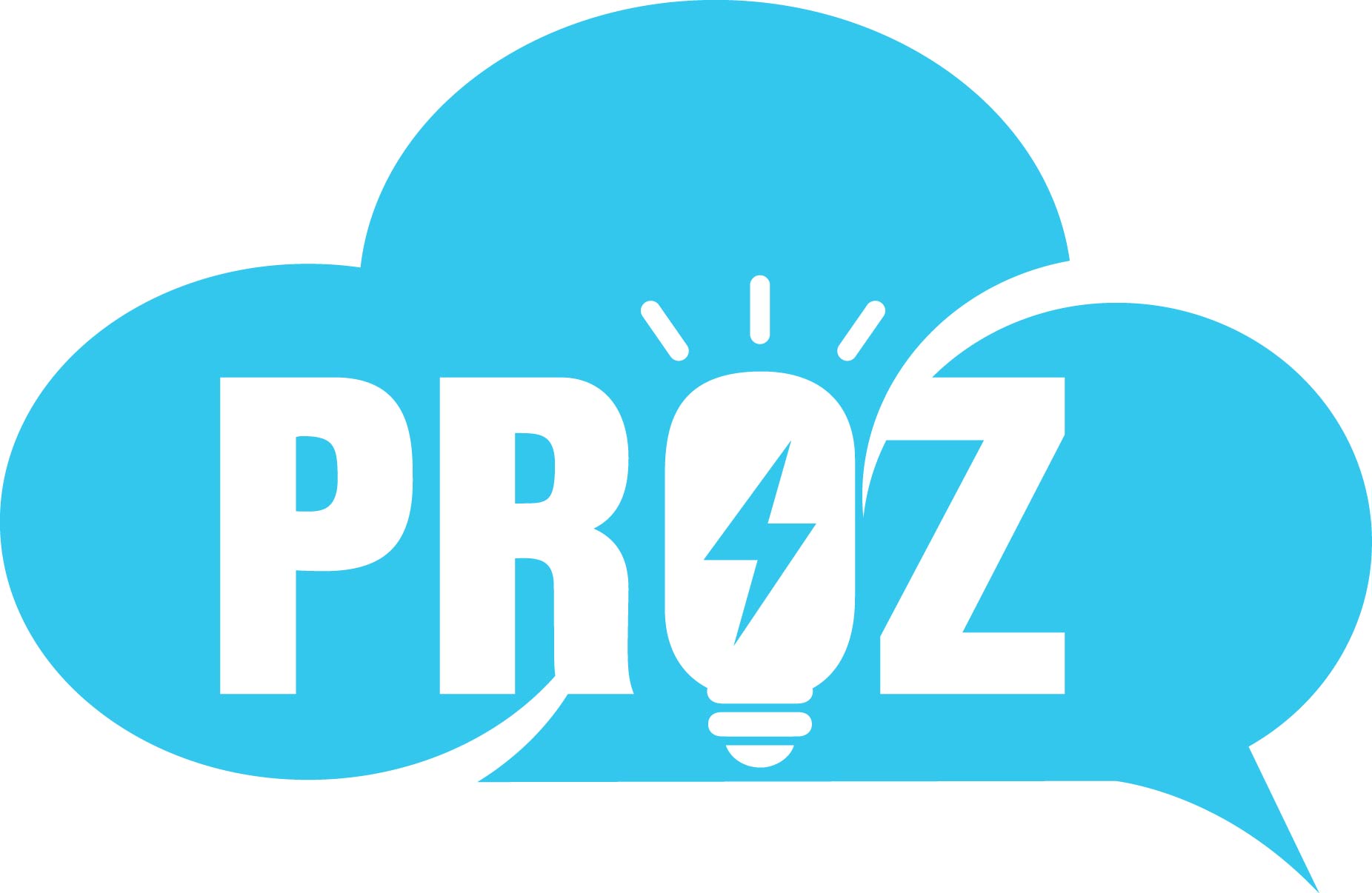When you think of your favorite businesses, what comes to mind? It’s probably not just their products or services but the feelings they evoke — the trust, connection, and inspiration they bring to your life. That’s the power of branding. For small and medium businesses (SMBs), branding is even more critical. It’s your chance to tell your story, differentiate yourself in a competitive market, and build relationships that last.
You might think branding is just for big corporations, but it’s just as crucial for SMBs. Small businesses can create personal, meaningful connections with their audiences. In fact, they are uniquely positioned to do so. With nearly two-thirds of consumers expecting personalized interactions and 65% expecting businesses to adapt to their changing needs and preferences, branding that speaks directly to customers has never been more important. With the right strategies and tools, you can build a brand that resonates with your customers and fuels long-term success.
This guide will explore five proven strategies to help you build and grow your brand. It will include tips, examples, and insights on using artificial intelligence (AI) to gain an edge.
What we’ll cover:
What is a brand strategy for small business?
Branding for your small business goes beyond a logo or tagline. It’s the entire experience customers have with your brand — from how you communicate to the emotions your business evokes. It’s how customers recognize you, remember you, and ultimately trust you. Branding includes your visual identity, your voice, and the promises you make to your audience.
So, how do you get started? By implementing these five strategies that we’ll explore below.
1. Create an authentic brand identity
Your brand identity is the foundation of your small business. It’s what makes you recognizable and relatable to your customers. More importantly, authenticity is key. People connect with brands that are real, honest, and aligned with their own values.
A clear, consistent brand identity builds trust and recognition. It makes your business stand out. Loyal customers often align with brands that share their values. In fact, our latest research from the Salesforce Small and Medium Business Trends Report states that 61% of customers feel companies treat them like a number, not an individual. Your brand can bridge this gap.
Define your brand identity by asking these questions:
What is your mission?
Why does your business exist, and what do you aim to achieve? Draft your mission statement by identifying the “why” behind your brand. Then, outline your vision to capture your long-term goals.
What are your values?
What principles guide your business? Are you playful, innovative, or dependable? Identify traits that resonate with your target audience and shape your brand’s unique voice.
Who is your audience?
What are your customers’ needs, wants, and values? Create detailed buyer personas or conduct customer research to ensure your brand aligns with their expectations.
Just get started.
No matter where you are on your journey as a small business owner, you can get started with Starter Suite — the all-in-one AI CRM your SMB needs.
Your visual branding is often the first impression customers have of your business. From your logo to your website design, your visuals should convey your story and make your business memorable. And, the good news is that AI has made this incredibly simple.
Why visual branding is important
A strong visual identity makes your brand instantly recognizable. It also builds positive associations with customers. Research shows that consistent branding can boost revenue by up to 23% across platforms. Whether it’s your color palette, typography, or imagery, every element should reflect your brand’s personality.
Tips for visual branding
- Design a memorable logo: Keep it simple, versatile, and relevant to your business.
- Develop a cohesive color palette: Choose colors that evoke emotions aligned with your brand.
- Design a customizable storefront: If you’re selling online, you can use Commerce for Small Business, powered by AI, to get your storefront up and running in less than a day.
Example: Thnks
Thnks, a gratitude platform, was able to unify its sales and marketing efforts, leading to a remarkable 400% boost in productivity. This streamlined approach not only enhanced the management of customer relationships but also enabled the company to scale rapidly. The key to this success was finding the ‘relationship’ in CRM, where every interaction was meaningful and customer-focused.
How AI can help
AI tools can help you test and refine your visuals based on customer feedback. By analyzing data, you can determine which design elements resonate most with your audience. For example, Thnks used AI-powered tools to create consistent email and social media campaigns. These campaigns reinforced their mission of spreading gratitude by helping businesses foster stronger relationships with personalized appreciation.
Social media is a powerful branding tool for small businesses. But managing multiple platforms can be time-consuming, which is where automation comes in.
Why social media matters
Social media allows you to engage directly with your customers, share your story, and build a community. It’s also a great platform for showcasing your brand’s personality and values. In fact, our research shows that 57% of customers say they prefer to engage with businesses digitally.
Kickstart your SMB with Starter Suite
Get started with CRM and see results from day one with Starter Suite — the all-in-one suite with the marketing, sales, service, and commerce tools you need to succeed.


Tips for managing your social media:
- Choose the right platforms: Focus on where your audience spends their time. For some businesses, that’s Instagram; for others, it’s LinkedIn.
- Create a posting schedule: Consistency is key. Plan posts in advance to maintain a regular presence.
- Encourage engagement: Use polls, Q&A sessions, and user-generated content to foster a sense of community.
Example: Salesforce for Small Business
Salesforce offers a variety of tools designed to help small businesses run smoothly and grow. Starter Suite includes basic CRM features like contact management, lead tracking, and simple reporting, perfect for new businesses. Pro Suite adds more advanced features such as automation, detailed analytics, and better team collaboration, helping businesses make smarter decisions. Foundations is tailored for nonprofits and educational organizations, providing specialized tools to support their goals.
4. Amplify your brand story with AI
Every small business has a story, and sharing yours helps you connect emotionally with your audience. Storytelling humanizes your brand and builds trust. Tools like AI CRM can refine storytelling by analyzing audience preferences to craft messages that resonate.
- Your origin: Why did you start your business? What inspired you?
- Your values: What do you stand for? How do these values shape your decisions?
- Your impact: How have you helped customers? Use testimonials and case studies to showcase your success.
Example: Marketing for Small Business
Salesforce CRM offers powerful marketing tools for small businesses through its Starter Suite and Pro Suite. Starter Suite provides the basics, such as contact management and lead tracking, helping you keep your customer information organized and stay on top of potential leads.
As your business grows, the Pro Suite adds more advanced features like marketing automation, detailed analytics, and better team collaboration. These tools help you create and manage marketing campaigns more effectively, track their performance, and make data-driven decisions to improve your marketing efforts.
Whether you’re just starting out or looking to scale, Salesforce CRM has the tools to support your marketing needs and drive growth.
Using AI for storytelling
With Agentforce capabilities with Foundations, you can harness your customer data to better understand and target your audience. This means you can create stories that truly resonate with their preferences and build stronger relationships.

5. Connect with AI on customer experiences
Personalization has become a must-have for businesses of all sizes. Customers expect you to know their preferences and tailor your interactions accordingly.
Why personalization matters
Personalization enhances customer satisfaction and loyalty. It allows you to deliver tailored experiences, meeting individual needs and preferences. With AI-powered CRM tools, you can create meaningful connections, fostering repeat business and long-term relationships. This underscores the benefits of CRM in delivering the most personalized experience for your customers.
Strategies for personalization:
- Customized marketing messages: Use data to create campaigns that speak directly to individual customers.
- Product recommendations: Suggest items based on browsing history or previous purchases.
- AI-powered chatbots: Provide instant, tailored support with AI chatbots.
Example: Agentforce
As your business grows, you can upgrade to Agentforce for more advanced customer service features, like better case management and support across multiple channels. This flexible approach allows small businesses to start with what they need and add more features as they expand.

Salesforce’s Agentforce helps small businesses build AI-driven agents that offer 24/7 support. Salesforce enables you to provide personalized customer assistance, ensuring every interaction aligns with your brand promise. Getting started with Salesforce for Small Business is easy, here are the steps and links:
How to get started
Get your tools ready. You can start with customer relationship management (CRM) tools, which help you gather insights about customer needs and preferences. By using a CRM for small businesses, you can align your branding strategies more effectively with audience expectations.
- Sign up: Visit the Salesforce website and choose the plan that best fits your needs, such as the Starter Suite or Pro Suite.
- Set up your account: Follow the on-screen instructionsin the Settings to create your account. You’ll need to provide basic information about your business.
- Customize your CRM: Tailor your Salesforce CRM to your specific needs. This includes setting up custom fields, creating dashboards, and organizing your contacts and leads.
- Import data: Upload your existing customer and lead data into Salesforce. This can be done through CSV files or by integrating with other tools you use.
- Train your team: Familiarize your team with Salesforce’s features and functionalities. Salesforce offers a variety of training resources, including tutorials and webinars.
Small business branding strategies that last
Small business branding isn’t just about looking good — it’s about creating trust, building connections, and delivering on your promises. By creating an authentic identity, investing in visual branding, leveraging social media with your unique story, and embracing AI for personalization, you can build a brand that stands out and grows with your business.
Start your journey with a free trial of Starter Suite today. Looking for more customization? Explore Pro Suite. Already a Salesforce customer? Activate Foundations today to try Agentforce.
AI supported the writers and editors who created this article.











